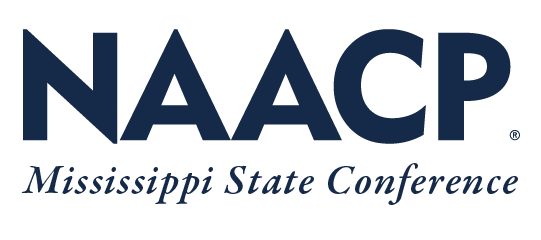Teach for America: A Return to the Evidence
2014/01/07 – Teach For America (TFA) receives hundreds of millions of public and private dollars and has garnered acclaim for sending college graduates, who do not typically have an education background, to teach in low-income rural and urban schools for a two-year commitment. The number of TFA corps members has grown by about 2,000% since its inception in 1990. The impact of these transitory teachers is hotly debated. Admirers see the program as a way to grow the supply of “outstanding” graduates, albeit temporarily, as teachers. Critics, however, see the program as a diversion from truly beneficial policies or even as a harmful dalliance into the lives of low-income students who most need a highly trained, highly skilled, and stable teacher workforce.
Despite a series of non-peer-reviewed studies funded by TFA and other organizations that purport to show benefits of TFA teachers, peer-reviewed research on their impact continues to produce a mixed picture. The peer-reviewed research suggests that results are affected by the experience and certification level of the TFA teachers as well as by the group of teachers with whom those TFA teachers are compared. The question’s specifics strongly determine the answer.
The authors recommend a shift in focus for TFA from a program of mixed impact to one that makes measureable changes in the quality of education in America. Recommendations for policymakers and districts are provided.
Click here to download full report pdf format. Teacher for America-A Return to Evidence January 2014
Source: Julian Vasquez Helig, Su Jin Jez; Press Release
National Education Policy Center



